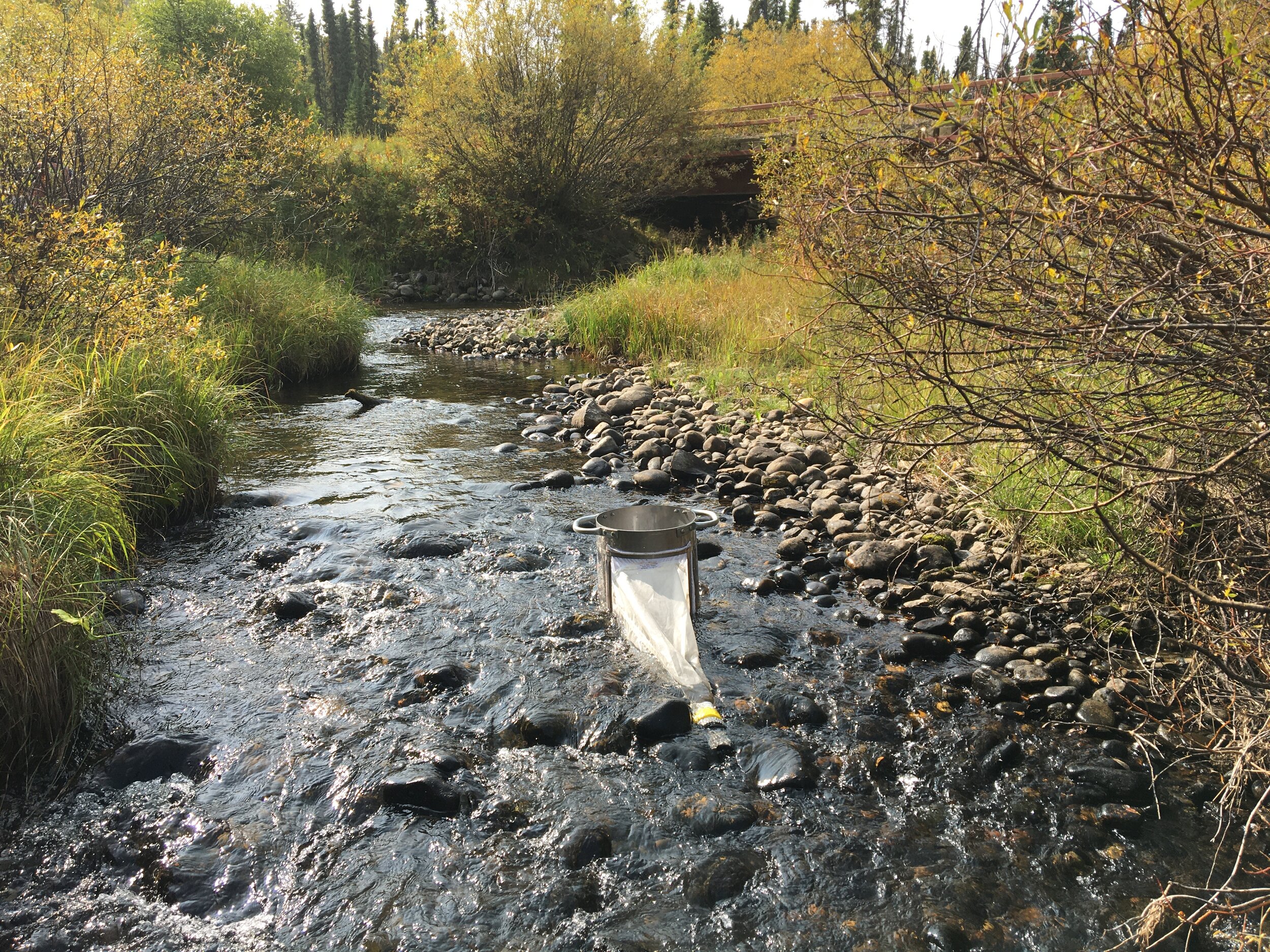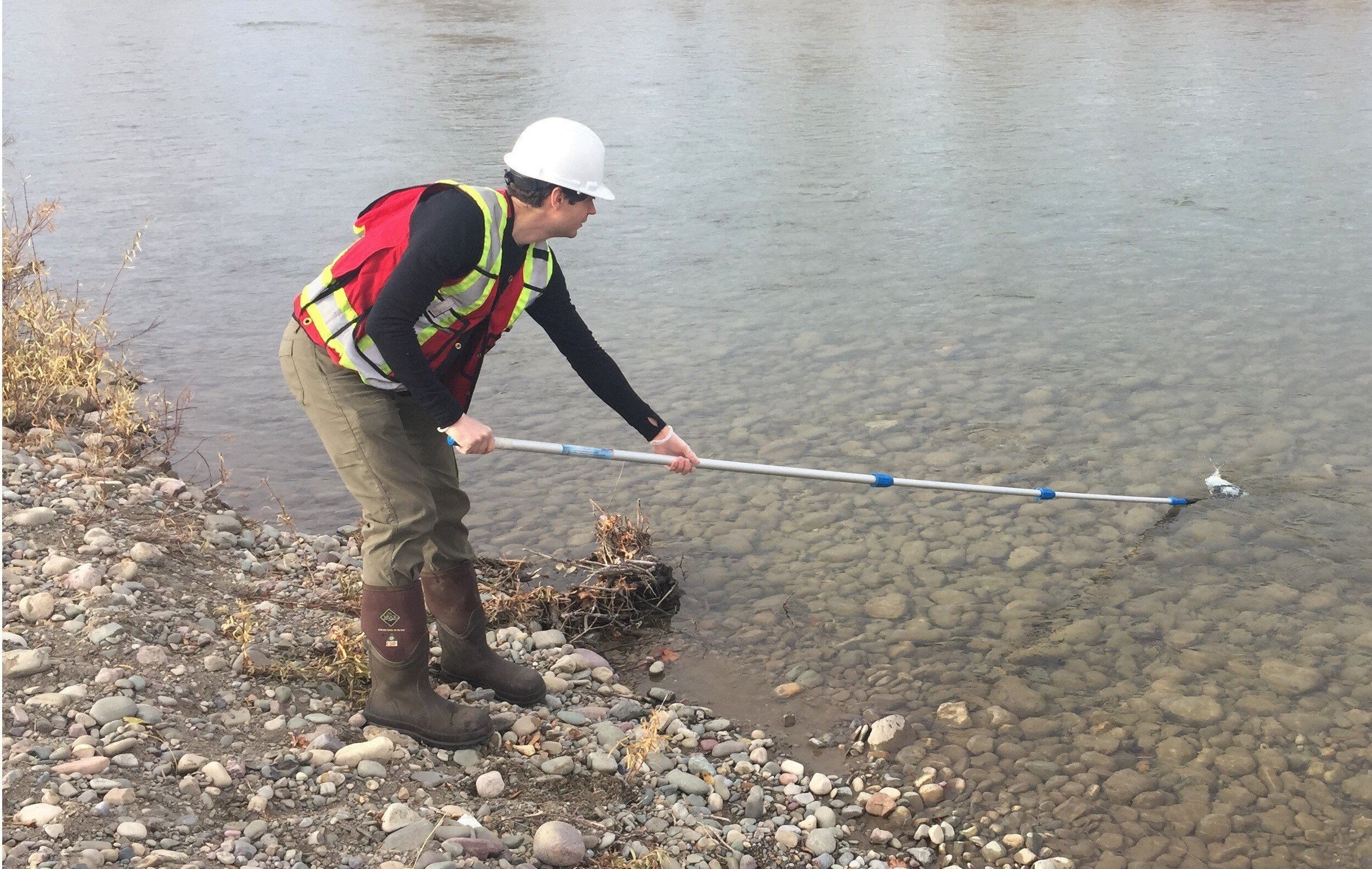Let’s talk about mouse sperm: how the environment influences reproduction
As you may know, mice are some of the most studied animals in modern science. But did you know there’s a world of insight
Why Did the Pipeline Cross the Wetland?
Wetlands are critical ecosystems. They provide valuable freshwater to our planet and habitats for migratory and breeding waterfowl, amphibians, and many diverse plant species.
A Benthic Bug’s Life
All life depends on water. Monitoring the health of water bodies, such as streams and lakes, is extremely important to ensure we manage this
Drip, Drip… Who’s There?
Invisible genetic codes in streams and lakes reveal what species are present!
Finding certain species in aquatic environments can be challenging. Accurately and precisely
Your Eye in the Sky
Technology has changed the face of resource management and one tool in particular has gained popularity as a resource for visualizing diverse landscapes. Drones,





